From The First Amendment Center:
Overview >
By Robert Corn-Revere
Lawyer, Davis Wright Tremaine
The First Amendment and the electronic media
The First Amendment’s seemingly simple command that “Congress shall make no law ... abridging the freedom of speech, or of the press” becomes exceedingly complex in its application to electronic media. Not only must the practitioner or scholar address the question of what types of expression are constitutionally protected, he or she also must determine whether the speech at issue receives the same immunity on the particular medium through which it is conveyed.
This problem did not begin with, but is well captured by, Justice Robert Jackson’s observation in Kovacs v. Cooper (1949) that “[t]he moving picture screen, the radio, the newspaper, the handbill, the sound truck and the street orator have differing natures, values, abuses and dangers. Each ... is a law unto itself.” Along with the rise of the regulatory state of the 20th century, the Supreme Court adopted the position that “differences in the characteristics of new media justify differences in the First Amendment standards applied to them” (Red Lion Broadcasting Co. v. FCC, 1969). As a consequence, the Court spawned distinct bodies of law and established differing levels of protection for cinema, broadcasting, cable television, telephony and the Internet.
This approach to First Amendment interpretation led the Supreme Court to follow a three-step process with the emergence of each new medium of communication. As a threshold matter, it determined whether the medium was protected by the Constitution at all. Next, the Court established the level of constitutional immunity that applied to the particular technology. Finally, as various media were assimilated into society, it decided whether its previous analyses should be modified.
This system, if imperfect, at least was manageable during the first three-quarters of the 20th century when the media landscape was comparatively stable and the functions of the various communications technologies relatively distinct. But the underpinnings of the “law unto itself” doctrine began to break down as the pace of technological change accelerated and as media forms converged. At the same time, however, the regulatory classifications that grew out of federal licensing schemes tended to calcify constitutional analysis of electronic media.
At the dawn of the 21st century, the Supreme Court began to move away from its historic tendency to limit First Amendment recognition of new media. In its initial case applying First Amendment protections to the Internet, for example, Reno v. ACLU (1997), the Court found “no basis for qualifying the level of First Amendment scrutiny that should be applied to this medium.” However, the disparate treatment of other electronic media arising from the “law unto itself” approach persisted.
An old problem
Although the fragmented approach to First Amendment analysis is associated with electronic media, it is hardly a new problem. The advent of the printing press represented a distinct challenge to established institutions — the church and the state — and authorities responded by instituting press licensing and establishing censorship bureaus, as Ithiel de Sola Pool wrote in his 1983 ground-breaking book, Technologies of Freedom. In this respect, advances in the technology of communication prompted official efforts to restrict the media.
But the power and popularity of the printing press overwhelmed the censors’ ability to maintain control, and the principal mechanisms of regulation — including such measures as state monopolies, press licensing, special taxation and criminal libel — largely were abandoned over time. The United States broke with European tradition by embracing press freedom at the outset. Through the First Amendment, the authors of the Constitution enshrined immunity from government control for the new communication technology of their day as a bedrock principle of the American system.
Although the printing press was “born free” in this country, the same cannot be said for the electronic media. As newer technologies were developed and put into use, courts and other policymakers have been slow to accord them full First Amendment status. Pool observed in Technologies of Freedom that “[a]s new technologies have acquired the functions of the press, they have not acquired the rights of the press.” Legal scholar Laurence Tribe has said this history reveals “a curious judicial blindness, as if the Constitution had to be reinvented with the birth of each new technology.” Thus, contrary to the First Amendment tradition, the electronic media tend to be born in captivity.
Elusive concept of ‘press’
Cinema. A few years before the Supreme Court began to grapple with the meaning of the First Amendment in the World War I Espionage Act cases, it confronted the question of whether free speech and press guarantees applied to the new medium of film. In a trilogy of cases involving Mutual Film Co. in 1915, the Court upheld the authority of state censorship boards to subject moving pictures to prior restraint. It found, as a matter of “common sense,” that protections for a free press did not apply to cinema. According to the Court, the technology of film posed a special danger that “a prurient interest might be excited and appealed to,” and that “there are some things which should not have pictorial representation in public places and to all audiences.” It concluded “the exhibition of moving pictures is a business, pure and simple, originated and conducted for profit, like other spectacles, not to be regarded … as part of the press of the country or as organs of public opinion.”
For nearly four decades cinema remained outside the protection of the First Amendment. Eventually, the Supreme Court overruled Mutual Film in Joseph Burstyn, Inc. v. Wilson (1952), upon finding that “expression by means of motion pictures is included within the free speech and free press guarant[ees] of the First and Fourteenth Amendments.” Although the Court observed that “[e]ach method (of communication) tends to present its own peculiar problems,” it ultimately concluded that “the basic principles of freedom of speech and of the press, like the First Amendment’s command, do not vary. Those principles, as they have frequently been enunciated by this Court, make freedom of expression the rule.”
Although the Court in Joseph Burstyn, Inc. did not hold that the Constitution guarantees “absolute freedom to exhibit every motion picture of every kind at all times and all places,” and while many state film-review boards remained in operation, the decision was a significant turning point. Thirteen years later, in Freedman v. Maryland (1965), the Court struck down a Maryland film-censorship statute because it provided inadequate procedural safeguards in the prior review of films. In doing so, the Court suggested that the state should use the same procedures as are required when the government seeks to enjoin the sale of allegedly obscene books, thus removing any basis for distinguishing film from print. By 1982, the Court described cinema as one of the “traditional forms of expression such as books” that are protected as “pure speech.” Ten years after this recognition, only one city in the United States — Dallas — still had a film-review board, and it was dismantled the following year. 1
Broadcasting. Courts first confronted the First Amendment status of broadcasting in 1932 and again were reluctant to extend constitutional protection to a new medium of expression. In the 1932 case Trinity Methodist Church, South v. Federal Radio Comm’n, the U.S. Circuit Court of Appeals for the District of Columbia upheld against constitutional attack a Federal Radio Commission decision to revoke a radio station’s license. The FRC had argued in its brief to the court that broadcasting is not protected speech under the First Amendment. 2 Although the court did not exclude radio from constitutional protection in the same stark terms used by the Supreme Court in reference to film 17 years earlier, the result was the same. It described radio as a mere “instrumentality of commerce,” and upheld the license revocation as simply “application of the regulatory power of Congress in a field within the scope of its legislative authority.” The “application of regulatory power” at issue was the denial of a license renewal because of a licensee’s intemperate attacks on public officials and for broadcasts that were “sensational rather than instructive.” The Supreme Court declined to review the holding, even though it had struck down a Minnesota press law the previous year on strikingly similar facts in Near v. Minnesota (1931), involving scandalous attacks on public officials by a newspaper protected from prior restraint.
When the Supreme Court finally considered the First Amendment rights of broadcasters, it found some constitutional protections applied, but at a lower level than for “traditional” media. In upholding rules that limited the practices of broadcast networks, the Court held that the First Amendment does not constrain government action in the same way as it does for print (NBC v. United States, 1943). “Unlike other modes of expression, radio inherently is not available to all,” the Court explained. “That is its unique characteristic, and that is why, unlike other modes of expression, it is subject to governmental regulation.” It noted that “[t]he right of free speech does not include ... the right to use the facilities of radio without a license,” and that “[t]he licensing system established by Congress in the Communications Act of 1934 was a proper exercise of its power over commerce.” Justice Felix Frankfurter’s opinion declined the networks’ invitation “to regard the (Federal Communications) Commission as a kind of traffic officer, policing the wave lengths to prevent stations from interfering with each other.” Rather, he wrote, the Communications Act “does not restrict the Commission merely to supervision of the traffic. It puts upon the Commission the burden of determining the composition of that traffic.”
The Supreme Court upheld the government’s authority to regulate broadcast programming in 1969 in Red Lion Broadcasting Co. v. FCC, a case involving the FCC’s Fairness Doctrine. Pointing to spectrum scarcity and noting that broadcast licensees are “public trustees,” the Court found that “it is idle to posit an unabridgable First Amendment right to broadcast comparable to the right of every individual to speak, write, or publish.” Instead, it concluded that, under the public interest standard, “it is the right of the viewers and listeners, not the right of the broadcasters, which is paramount.” The Court expanded on the conclusion reached in NBC, that the First Amendment does not prevent the government from regulating broadcast content in ways that would be impermissible for more traditional media. The Court also has held that the government has greater power to restrict “indecent” programming when transmitted via broadcasting than it does for traditional media (FCC v. Pacifica Foundation, 1978). It based this conclusion primarily on the uniquely “pervasive” presence of broadcasting in the home.
Although the Court has not yet reconsidered the “public trustee” rationale and the diminished constitutional protection it entails, it has applied the standard with less gusto since Red Lion and has limited its scope. In CBS, Inc. v. Democratic National Committee (1973), the Court held that broadcasters are not required to accept issue advertisements and stressed that the Communications Act of 1934 was designed “to maintain — no matter how difficult the task — essentially private broadcast journalism.” It explained that its view of broadcast regulation was not static “because the broadcast industry is dynamic in terms of technological change(,) solutions adequate a decade ago are not necessarily so now, and those acceptable today may well be outmoded ten years hence.”
A little over a decade later, the Supreme Court invalidated a statutory prohibition on editorializing by public broadcasting stations that received funds from the Corporation for Public Broadcasting (FCC v. League of Women Voters of California, 1984). Although the Court expressly upheld the “public trustee” concept of constitutional analysis over strict scrutiny, it subjected the government’s asserted interests to a far more rigorous analysis than ever before. It emphasized that “the broadcasting industry is indisputably a part” of the press, supported its ultimate conclusions with precedents involving traditional media, and questioned the continuing validity of the scarcity rationale. However, despite noting criticisms of the scarcity rationale, the Court said it would not be willing “to reconsider our longstanding approach” until given “some signal from Congress or the FCC that technological developments have advanced so far that some revision of the system of broadcast regulation may be required.” Since then, in Turner Broadcasting System v. FCC (1994), the Court has stressed “the minimal extent” the government may influence the programming choices of licensees, noting “the FCC’s oversight responsibilities do not grant it the power to ordain any particular type of programming that must be offered by broadcast stations.”
Cable television. The Court similarly was slow to recognize full First Amendment protection for cable television programming. In FCC v. Midwest Video Corp. (1979) it described First Amendment concerns about compelling cable-access programming requirements as “not frivolous,” but did not take a position on the correct approach. The Court’s lack of direction led to a splintering of First Amendment doctrine related to the regulation of cable television. While most courts in the ensuing years concluded that the First Amendment standard for broadcasting was inapplicable to cable, they could not agree on a uniform constitutional approach. Some courts justified even greater regulation of cable television on the theory that it is a natural monopoly, while others rejected this proposition.
In City of Los Angeles v. Preferred Communications, Inc. (1986) the Supreme Court noted that cable television “partakes of some of the aspects of speech and the communication of ideas as do the traditional enterprises of newspaper and book publishers, public speakers, and pamphleteers.” But it also pointed out that installation of a cable system involves “the stringing of nearly 700 miles of hanging and buried wire and other appliances necessary for the operation of its system,” and “where speech and conduct are joined in a single course of action, the First Amendment values must be balanced against competing societal interests.” The Court stopped short of weighing the various factors or offering any more detailed views on the proper resolution of the First Amendment question in that case.
It came closer to making a definitive statement about the First Amendment status of cable television in cases involving mandatory broadcast carriage rules. In Turner Broadcasting System v. FCC, 1994 (“Turner I”), the Court explained that “the rationale for applying a less rigorous standard of First Amendment scrutiny to broadcast regulation … does not apply in the context of cable regulation.” It also rejected the government’s assertion that market dysfunction justified “industry-specific antitrust legislation” in the form of must-carry rules, subject only to rational basis scrutiny. But while the Court found that “at least some degree of heightened First Amendment scrutiny” was required, it characterized rules requiring cable operators to carry local broadcast signals as content-neutral and declined to apply strict scrutiny. Instead, the Court pointed to the bottleneck created by “the unique physical characteristics of cable transmission” and analyzed the regulations using intermediate-level scrutiny. It remanded the case to determine whether the economic health of broadcasters was placed at risk by the cable bottleneck and whether the must-carry rules were an appropriately tailored means of addressing the problem. Following remand, the Court voted 5 to 4 to uphold the must-carry requirements in Turner Broadcasting System v. FCC, 1997 (“Turner II”). Writing for the majority, Justice Anthony Kennedy reaffirmed that intermediate scrutiny was the correct constitutional test, and concluded that the record established by Congress and the FCC adequately supported the rules. In a concurring opinion, however, Justice John Paul Stevens wrote that the constitutional analysis would be “quite different” if the statute “regulated the content of the speech rather than the structure of the market.”
Although the Court’s decisions in Turner I and Turner II suggested greater recognition of cable television as a technology that deserves constitutional protection, the deeply divided opinions highlighted the Court’s inability to articulate a uniform analytical approach. The justices addressed the problem directly in Denver Area Educational Telecommunications Consortium v. FCC (1996), a case involving regulation of “indecent” programs on public- and leased-access channels. The plurality opinion, written by Justice Stephen Breyer, described cable as a “pervasive medium” like broadcasting, but expressly declined to make “a definitive choice among competing analogies (broadcast, common carrier, or bookstore)” or “to declare a rigid single standard, good for now and for all future media and purposes.” Joined by Justices Sandra Day O’Connor, David Souter and Stevens, Breyer wrote that it would be “unwise and unnecessary to definitively pick one analogy or one specific set of words now.”
In sharp contrast, Justice Clarence Thomas, joined by Chief Justice William Rehnquist and Justice Antonin Scalia, wrote that the Court’s “First Amendment distinctions between media, dubious from their infancy, placed cable in a doctrinal wasteland in which regulators and cable operators alike could not be sure whether cable was entitled to the substantial First Amendment protections afforded the print media or was subject to the more onerous obligations shouldered by the broadcast media.” Justices Kennedy and Ruth Bader Ginsburg similarly faulted the plurality for declining to adopt a definitive constitutional standard by which to evaluate cable television regulation.
In United States v. Playboy Entertainment Group, Inc. (2000), a majority of the Court finally declared that, at least with respect to the regulation of programming content on cable television, strict First Amendment scrutiny applies. The majority rejected the government’s argument that the restrictive regime of FCC v. Pacifica Foundation should be applied to cable television and applied a more speech-protective standard. The Court found that the key difference between cable television and broadcasting “on which this case turns” is that cable systems have the capacity to block unwanted channels on a household-by-household basis.
Telephony. The Supreme Court has had fewer occasions to address the First Amendment rights of telephone common carriers because of their traditional function as conduits of the speech of others. One of the defining characteristics of communication common carriage was a lack of editorial control. Consequently, when the Court has discussed First Amendment issues in this context, it typically contrasted common carriers with speakers or publishers who originate content and make editorial judgments. In CBS, Inc. v. Democratic National Committee, for example, the Court examined the legislative history of the Radio Act of 1927 and the Communications Act of 1934 and found that Congress “firmly … rejected the argument that the broadcast facilities should be open on a nonselective basis to all persons wishing to talk about public issues.” It found great significance in the act’s command that a person “engaged in radio broadcasting shall not … be deemed a common carrier.”
This is not to suggest, however, that no First Amendment issues have emerged relating to telephony. In the 1990s a number of lower courts found that the First Amendment barred federal restrictions preventing common carriers from providing cable television service. However, the Supreme Court’s consideration of this constitutional question was cut short by passage of the Telecommunications Act of 1996, which enabled telecommunications service providers to offer video services (United States v. U.S. West, Inc., 1996, judgment vacated). With respect to the regulation of content provided over common carriers, the Supreme Court has held that the government does not have as much leeway to restrict “indecent” communications as it does in the case of broadcasting (Sable Communications of California, Inc. v. FCC, 1989).
The Internet breaks the mold
Unlike other new media, the Internet presented courts with immediate First Amendment problems, and just as quickly, the courts accepted the challenge. Congress precipitated this judicial review by imposing broadcast-type restrictions on “indecent” communications through passage of the Communications Decency Act as part of the Telecommunications Act of 1996. The restrictions were short-lived, for in Reno v. ACLU (1997), the Supreme Court held that the restrictions on both the “display” and “transmission” of indecent communications online violate the First Amendment.
The Reno opinion represents a significant departure from the usual way in which new communications media are treated. New media are usually born in captivity, and the Court takes a great deal of time — usually decades — before recognizing that the First Amendment applies, much less that full protection is appropriate. Here, rather than presuming that the Internet should receive less protection, the Court held that full First Amendment protection applies unless the government can prove otherwise. In an opinion written by Justice Stevens (author of the Pacifica decision), the Court explained:
“Through the use of chat rooms, any person with a phone line can become a town crier with a voice that resonates farther than it could from any soapbox. Through the use of Web pages, mail exploders and newsgroups, the same individual can become a pamphleteer. As the District Court found, ‘the content of the Internet is as diverse as human thought.’ We agree with its conclusion that our cases provide no basis for qualifying the level of First Amendment scrutiny that should be applied to this medium.”
The Supreme Court expressly distinguished the Internet from other technologies, such as broadcasting, noting that “the Internet can hardly be considered a ‘scarce’ expressive commodity.” The Court pointed out that online communication “includes not only traditional print and news services, but also audio, video and still images, as well as interactive real-time dialogue.” It added that the Internet is not as “invasive” as radio or television, and that “[n]either before nor after the enactment of the CDA have the vast democratic fora of the Internet been subject to the type of government supervision and regulation that has attended the broadcast industry.”
Though the Court’s decision in Reno set the baseline for analyzing First Amendment questions involving Internet communications, it by no means addressed the many difficult questions that will arise from this complex medium. In this regard, two cyberspace cases from the Supreme Court’s 2001 term forced the justices to reexamine basic constitutional assumptions underlying the obscenity and child pornography doctrines. In Ashcroft v. Free Speech Coalition (2002), the Court struck down a federal ban on “virtual” child pornography in the 1996 Child Pornography Prevention Act (CPPA) as a “textbook example” of why the law permits facial challenges to overbroad statutes. It found that a prohibition of images that “appear to be a child” engaging in sexual conduct where no actual children were involved prohibited a substantial amount of protected expression and violated the First Amendment. Meanwhile, in Ashcroft v. ACLU (2002), the Supreme Court reversed a decision of the 3rd U.S. Circuit Court of Appeals to enjoin enforcement of the Child Online Protection Act (COPA), successor to the ill-fated Communications Decency Act. The Court rejected the court of appeals’ reasoning that the borderless nature of the Internet rendered unconstitutional restrictions on expression deemed “harmful to minors” where legal liability is based on “community standards.” It remanded the case to the lower court to further explore the meaning of obscenity law in the Internet Age.
Both cases tackled issues that go to the heart of the Court’s complicated rulings governing the regulation of sexually oriented speech. By touching on core issues that define the essential nature of obscenity and child pornography, these two cases breathed new life into disputes about what kind of speech may be excluded from First Amendment protection and how courts should draw the line between protected and unprotected speech. Moreover, their connection to this new medium confirms that technological change will continue to fuel debates over the meaning and scope of the First Amendment.
United States v. American Library Association
After three unsuccessful attempts by Congress to regulate the Internet to keep harmful material out of the hands of children, the Supreme Court decided in June 2003 that one law did pass constitutional muster. The justices ruled 6-3 in United States v. American Library Association that Congress could require the nation’s libraries to filter Internet access — for adults as well as children — as a condition of receiving funds for Internet hookups. (A provision of the law requiring filters for computers in public schools was not challenged in this case.)
The majority in the library ruling found that filtering software does not violate the First Amendment even though it shuts off some legitimate, informational Web sites. Four justices said the Children’s Internet Protection Act was constitutional; two others said it was allowable as long as libraries disable the filters for adult patrons who ask. However, the law doesn’t actually state that the filters must be disabled if an adult library patron asks that it be done.
Some legal experts have speculated that new First Amendment challenges to CIPA may arise if libraries refuse such requests.
Notes
1 Elizabeth Kastor, “It’s a Wrap: Dallas Kills Film Board,” Washington Post, Aug. 13, 1993, p. D1)
2 Lucas Powe, American Broadcasting and the First Amendment (1987), p. 16
Related
Special court: Net-obscenity law not unconstitutional
Considering challenge to part of Communications Decency Act, federal panel says evidence insufficient for it to find act violates Constitution. 07.26.05
High court affirms decision in Net obscenity case
Photographer had asked justices to overturn ruling upholding Communications Decency Act, arguing law violates her free-speech rights to post pictures of sadomasochistic sexual behavior on Web. 03.21.06
Bill seeks to shield kids from predators on social-networking sites
By David L. Hudson Jr. Congressional legislation would require public schools, libraries to prohibit children's access to sites like MySpace, Facebook. 06.07.06
9th Circuit says CDA doesn't shield Roommates.com
By Courtney Holliday Federal appeals court finds Web site is providing content, not just interactive services, and so can be sued over alleged fair-housing violation. 06.28.07
Bengals cheerleader sues gossip Web site for libel
Operator notes that Communications Decency Act protects sites from liability for comments posted by third parties. 12.29.09
Free speech suffers a case of the cyber shakes
By Paul K. McMasters Whether or not the Internet ranks with drugs, alcohol and gambling as addictive threats, as some say, there's another addiction: the craving to regulate the heck out of it. 06.30.06
Friday, August 13, 2010
Subscribe to:
Post Comments (Atom)
.gif)



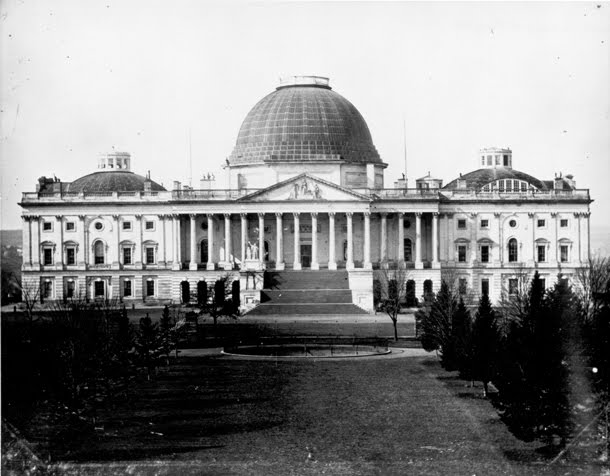









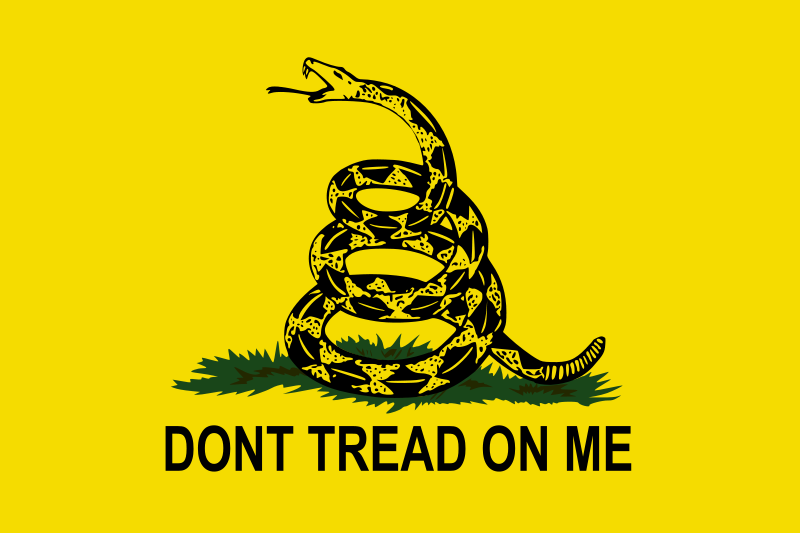
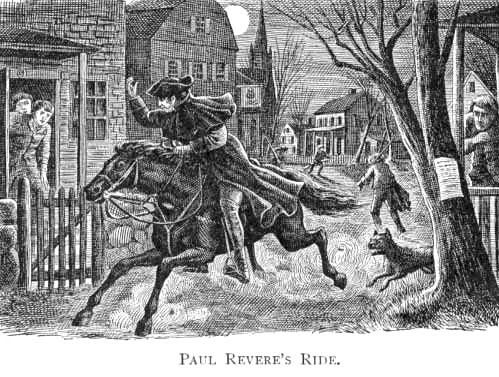

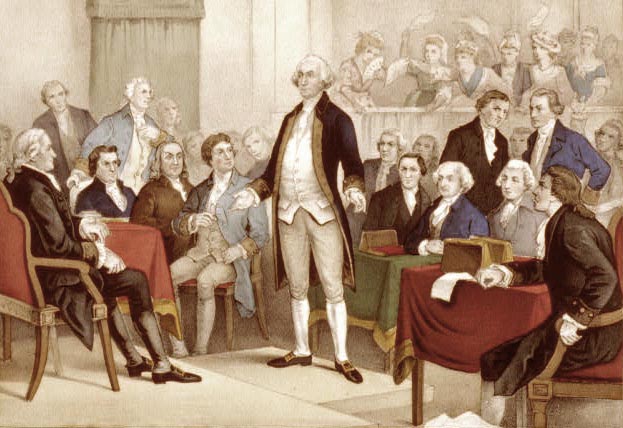

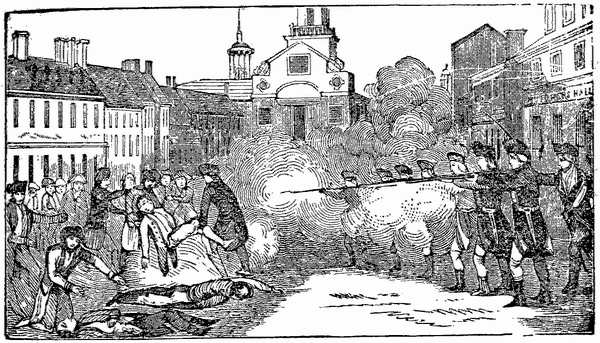
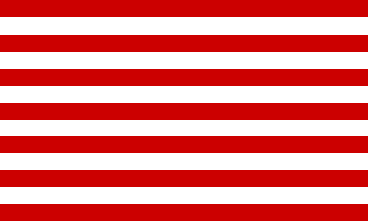
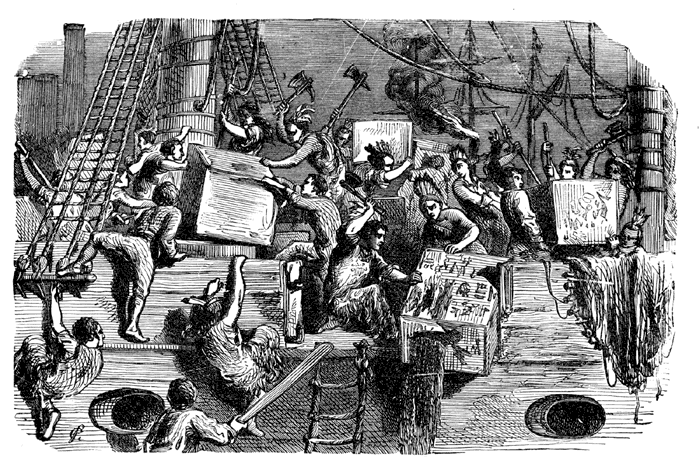




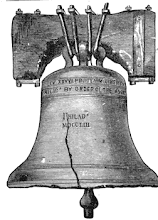




No comments:
Post a Comment